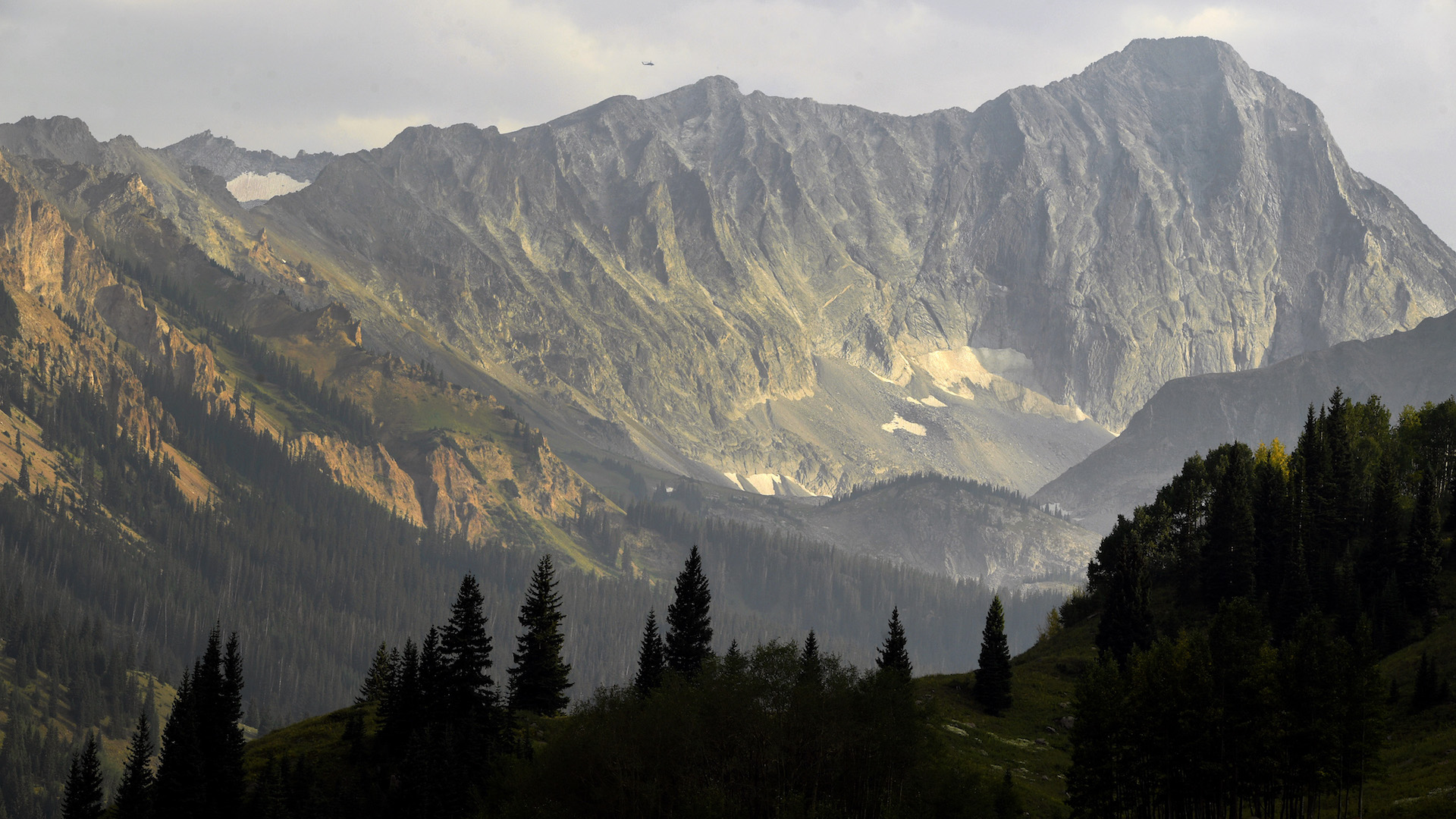

Soon after Mountain Rescue Aspen (MRA) added a drone to its search and rescue equipment, it helped save a lost hiker’s life. According to The Aspen Times, MRA received a distressing evening call that a hiker had yet to return, and was last seen in the early afternoon. After 18 MRA volunteers gathered at the site and initiated a ground-based search, the decision to deploy the organization’s Matrice 210 for its first rescue mission became clear.
“We would have never found this woman,” said MRA rescue leader Doug Paley. “The one thing that challenges rescues is we never have enough information.” It was only when Paley and the rest of his team realized the area they were combing through was thickly forested, largely marshland, and pitch black on top of that, that using the infrared-capable drone became a no-brainer.
Chief pilot for the MRA, Bill Murphy, eventually aerially spotted a figure walking in the dark near the Chapman Campgrounds. In order to confirm that this was, indeed, the missing person, and not merely one of the 18 MRA responders, he cleverly directed everyone involved in this rescue mission to stop moving. With everyone at a standstill, it was clear that they had located the lost hiker, as the figure simply continued walking. “It was such a team effort,” said Murphy.
Traditionally, of course, this rescue operation would’ve been relegated to a ground search, and a fairly dangerous helicopter over mountainous terrain in high altitude. The Matrice 210 was able to provide first responders with a 30-time optical zoom, infrared vision, and the ability to hover at 200 feet above the ground. “With old technology you had to get pretty close,” said Murphy.
Experienced MRA rescue leader David Swersky said the group sees a lot of potential in adding drone technology to the mix. As an affordable tool that can rapidly locate missing persons, identify whether or not they’ve been injured (and thereby alert ground crews what kinds of supplies to bring), and even locate safe landing zones for helicopters, drones are simply too practical for groups like the MRA to ignore. Swersky also said that drones can conveniently ensure the rescuers themselves stay safe during missions, by carefully watching over them.
For Jack Earnest, MRA volunteer and member of its board of directors, it’s the infrared feature that makes unmanned aerial vehicle implementation as functional as it is. With the thermal imaging provided by that technology, the drone’s camera can observe and distinguish between varying levels of heat, making it fairly easy to spot animals and people in vast landscapes. “It could save a life,” said Earnest.
For the lost hiker who was recently rescued by the MRA and its choice of drone, that’s probably an understatement. Paley certainly agrees. “The drone technology is a game changer,” he said.